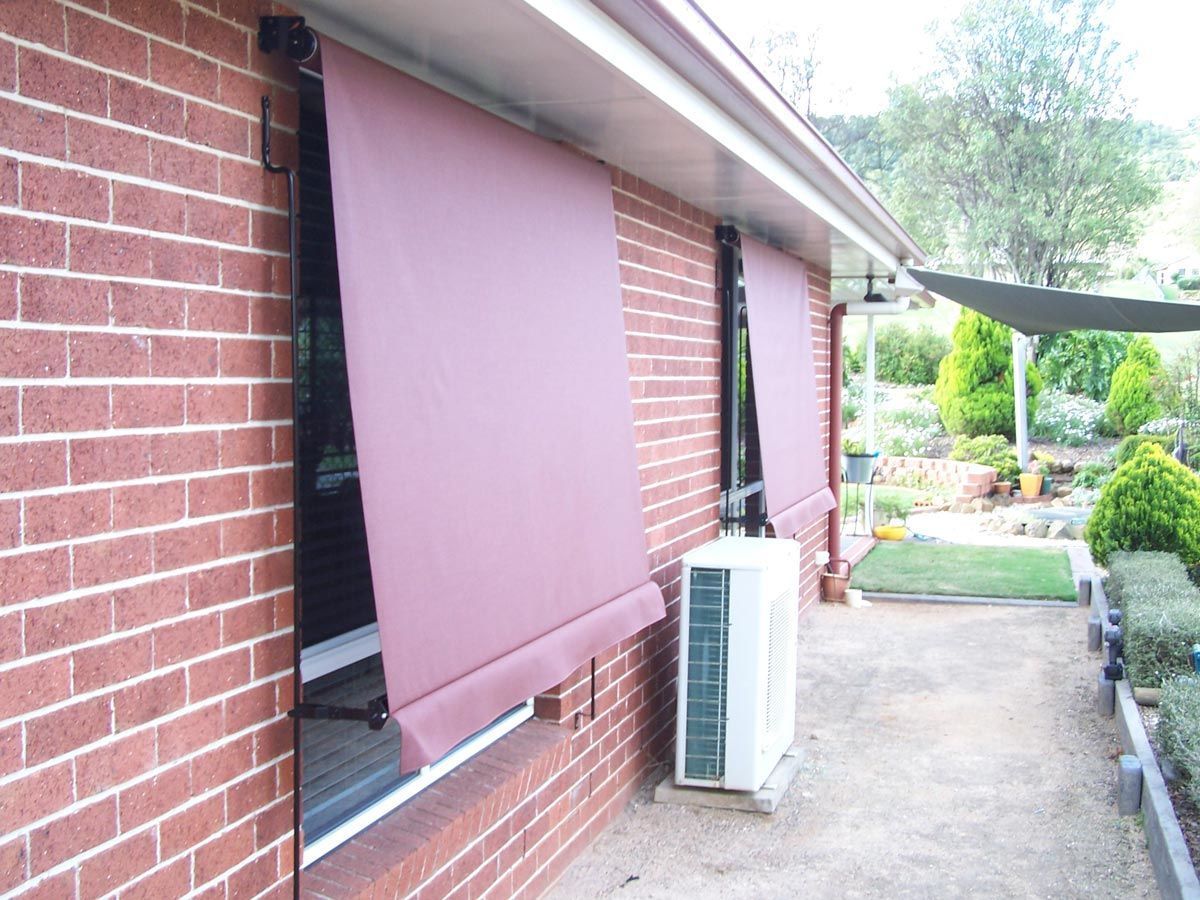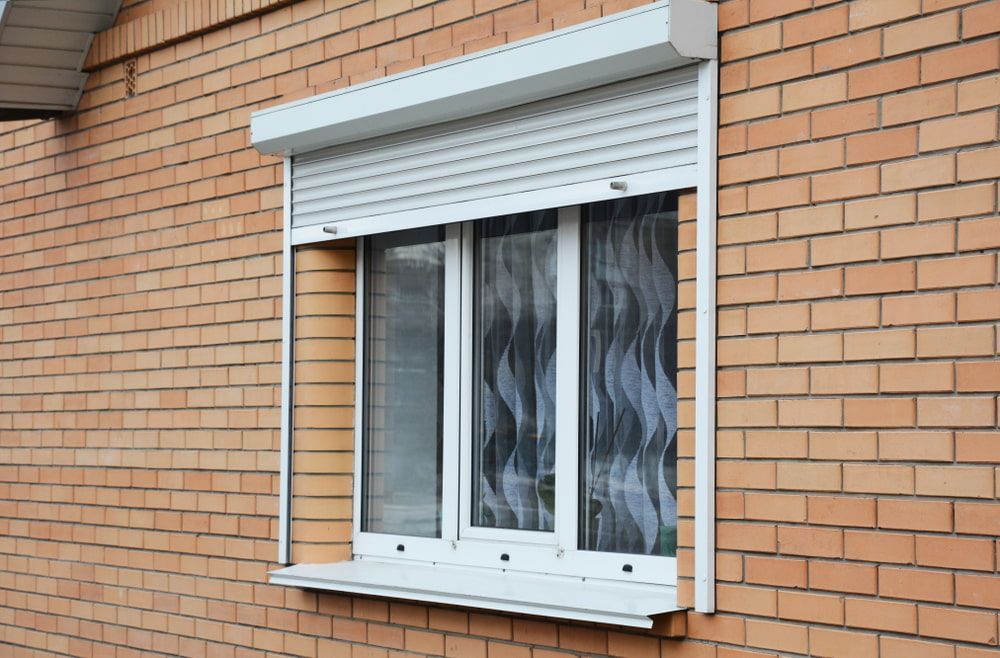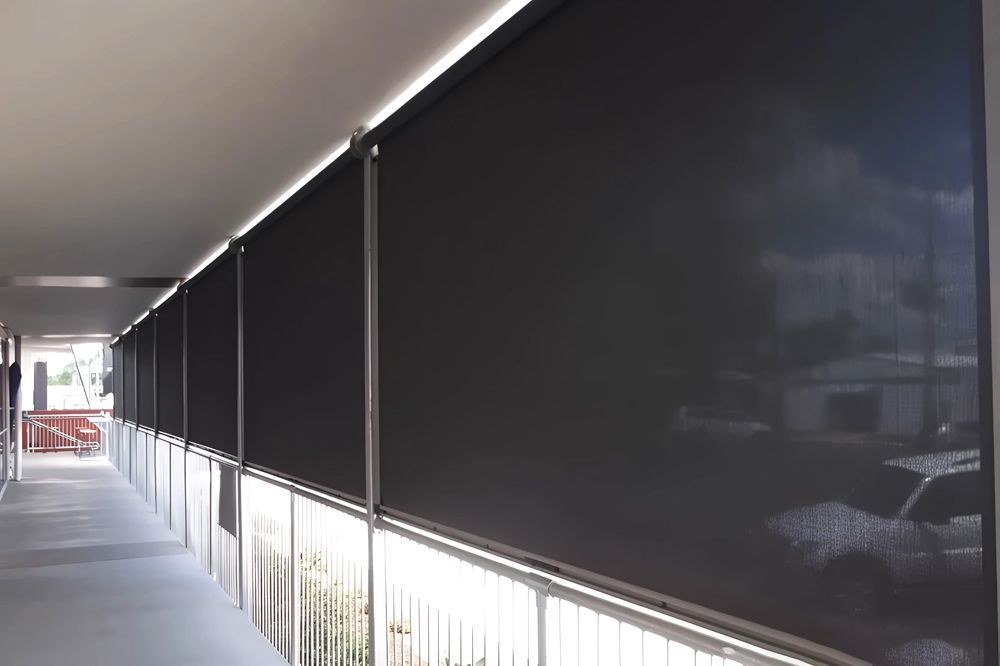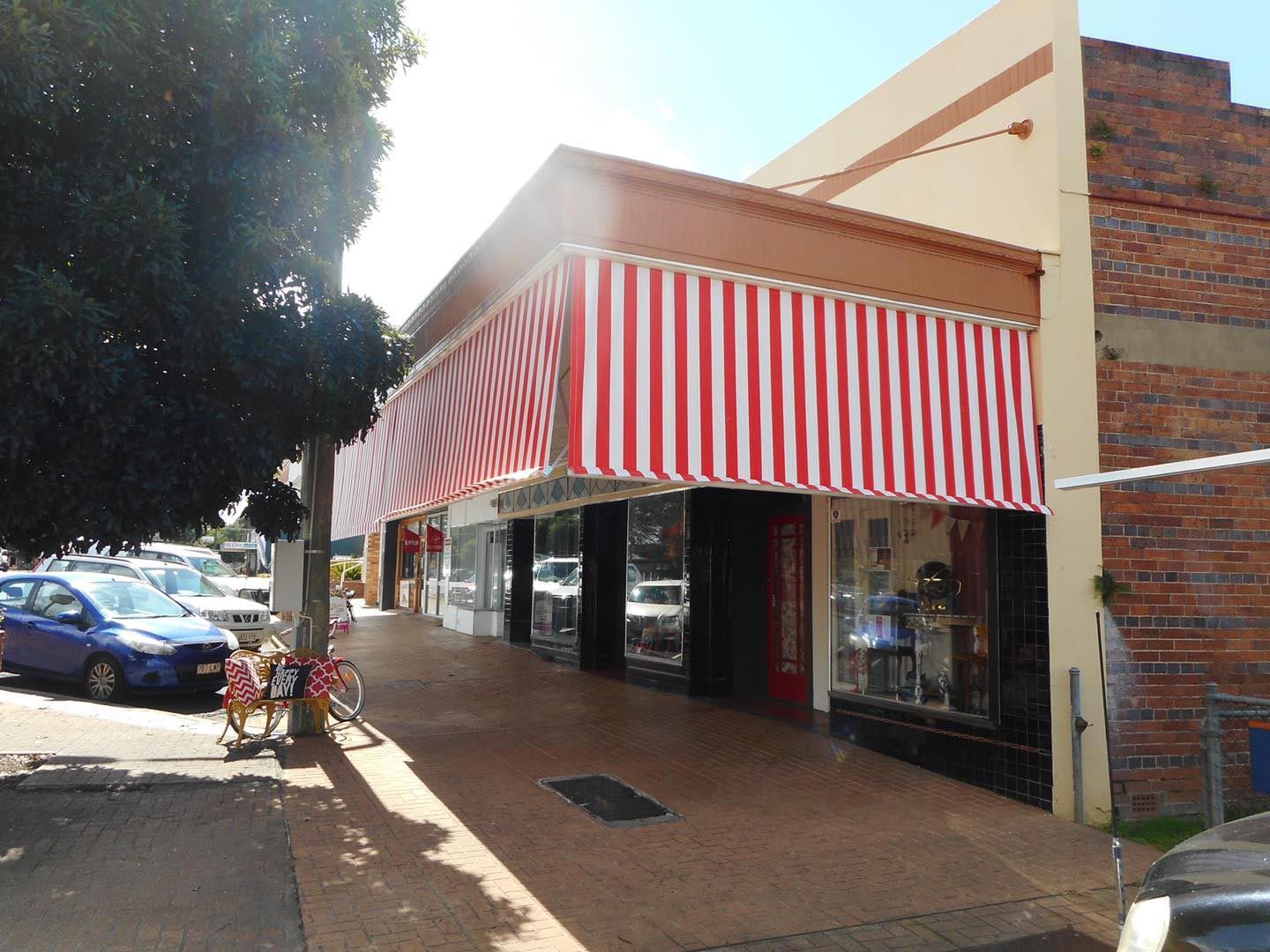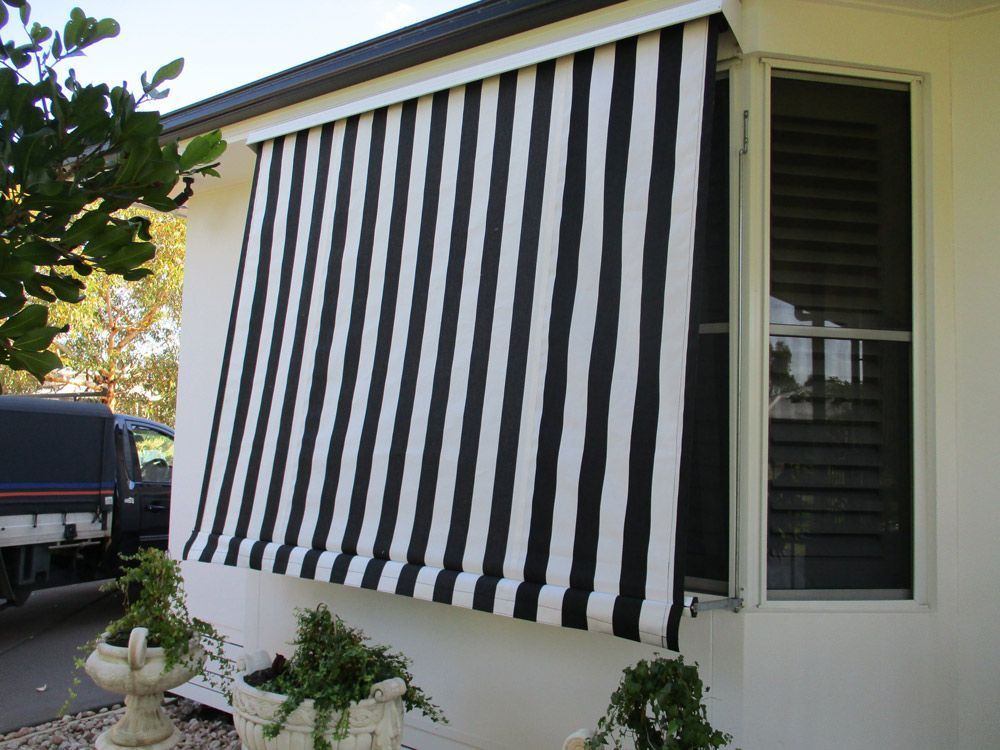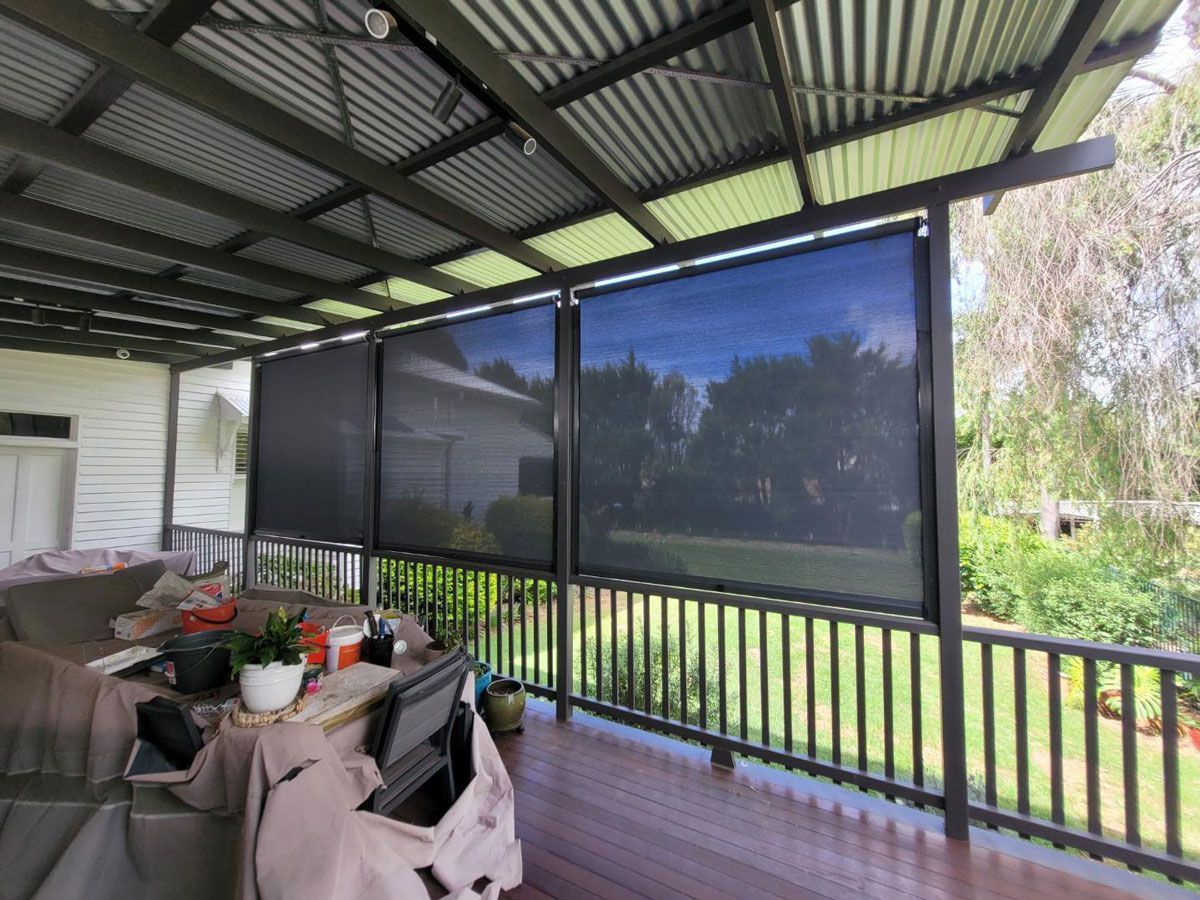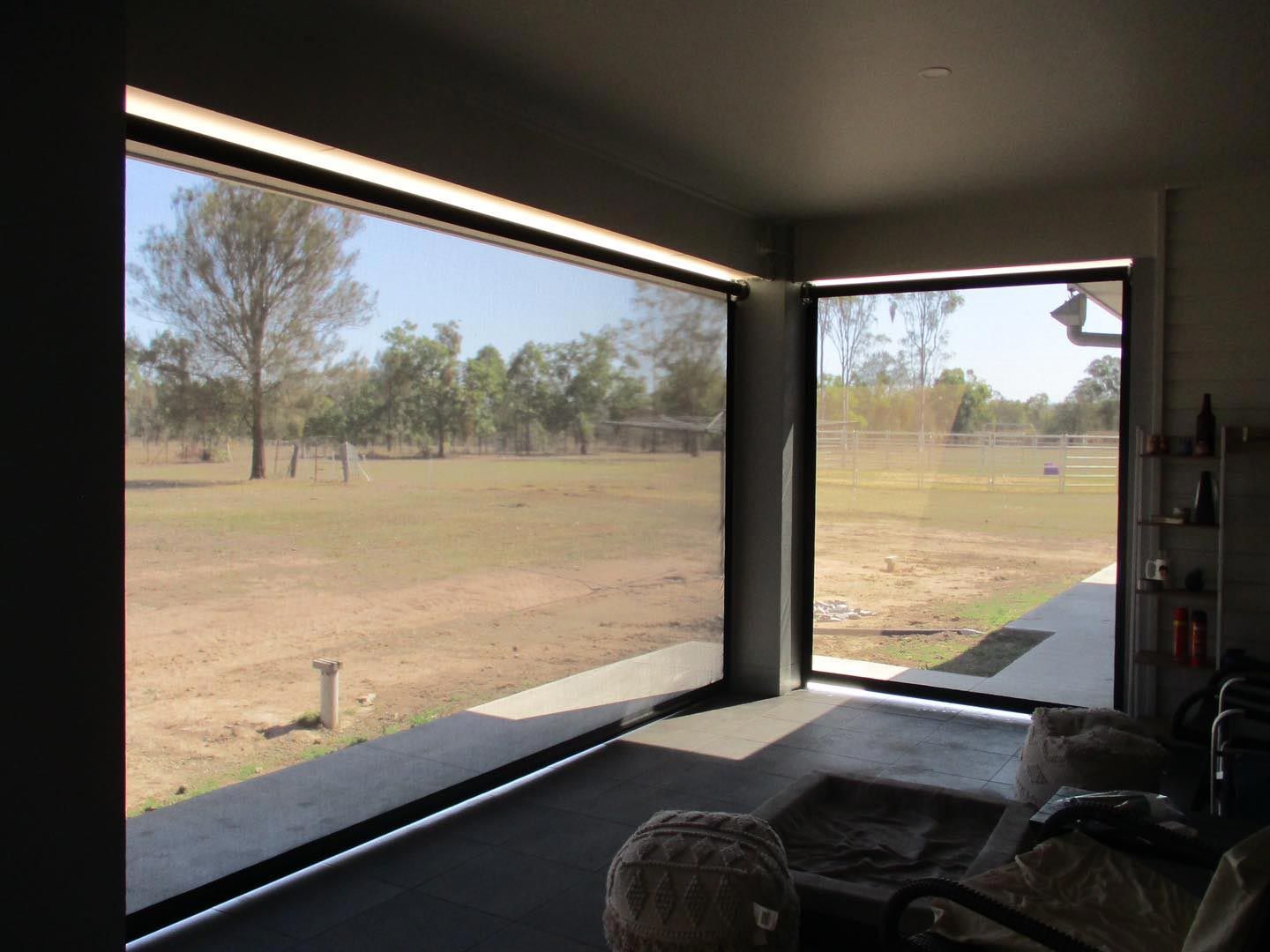How To Prevent Sun & Weather Damage To Your Awnings
Have you noticed your awnings starting to fade, sag, or fray over time? Whether you’ve installed them for shade, rain protection, or aesthetic appeal, awnings are exposed to some of the harshest elements all year round. From blazing sunlight to heavy downpours and gusty winds, Australia's ever-changing climate can take a toll on even the highest-quality outdoor fixtures.
If you want your awnings to stay functional and look great for years to come, regular care and strategic protection are essential. This blog explores how weather conditions affect the condition and lifespan of awnings and provides practical tips to help you protect your investment, especially if you’ve recently installed awnings in Toowoomba, where climate conditions can vary significantly between seasons.
Understanding What Causes Awning Damage
Sun Exposure
Prolonged UV exposure is the most common reason for premature awning deterioration. Over time, sunlight can cause:
- Fading and discolouration of fabric and print.
- Weakening of fibres, leading to tears or holes.
- Brittleness in plastic and PVC components.
UV damage not only impacts the appearance of your awning but also reduces its effectiveness as a shade solution.
Rain & Moisture
While many awnings are made from water-resistant materials, constant exposure to rain and humidity can still cause issues:
- Mould and mildew growth on fabric surfaces.
- Rust and corrosion on metal components.
- Water pooling, which may lead to sagging or warping.
Poor drainage or infrequent cleaning can speed up this deterioration.
Wind Damage
Strong winds can lift, tear, or even rip awnings from their mounts—especially if they are not retracted during a storm. Wind stress affects both fixed and retractable awnings, causing:
- Frame misalignment
- Fastener loosening
- Fabric tearing near connection points
Cold Weather & Snow (in some regions)
Tips for Preventing Sun & Weather Damage to Awnings
Choose High-Quality, Weather-Resistant Materials
The first step in long-term protection starts before installation. If you’re shopping for awnings, opt for fabrics and frames that are:
- UV-resistant
- Mould and mildew treated
- Rust-proof or powder-coated
These features make a big difference in how well your awnings hold up against the elements.
Retract or Cover Awnings During Extreme Weather
If your awning is retractable, make it a habit to close it during high winds, storms, or extreme heat. For fixed awnings, consider adding a weatherproof cover when not in use for long periods.
Tip: Invest in an automated sensor system that retracts your awning when wind or rain reaches a certain threshold—especially useful when you’re not home.
Clean Awnings Regularly
Routine cleaning prevents dirt, mould, and environmental build-up from damaging your awning. Aim to:
- Brush off leaves and debris weekly.
- Hose down with water every few weeks.
- Use mild soap and a soft brush to remove stains every few months.
Avoid harsh chemicals or high-pressure hoses, as they can strip protective coatings or damage seams.
Inspect for Early Signs of Wear
Catch small problems before they turn into costly repairs. Every few months, do a quick inspection of your awning to check for:
- Loose bolts or fittings.
- Faded or thinning fabric areas.
- Rust patches or discolouration.
- Mouldy or musty smells.
Early detection allows for simple fixes, such as tightening a bolt or applying a waterproofing spray.
Reapply UV & Waterproofing Treatments
Over time, factory coatings fade. Reapplying protective sprays or treatments can extend the lifespan of your fabric and frame. Look for:
- Fabric UV protection sprays.
- Water repellent sprays for outdoor use.
- Rust prevention sprays for joints and metalwork.
Always follow the manufacturer’s recommendations for your specific awning material.
Trim Surrounding Foliage
Store Accessories Properly
Schedule Professional Maintenance Annually
Just like your car or roof, awnings benefit from an annual check-up. A professional installer or maintenance provider can:
- Tighten hardware
- Reapply treatments
- Identify weak points before they fail
If you’ve had your awnings in Toowoomba for a few years, this type of preventive service can help extend their lifespan significantly.
Upgrade or Restore Your Outdoor Shade the Right Way
Awnings are a practical and stylish addition to any property, but without proper care, they can quickly become worn, faded, or damaged. Sun, wind, rain, and even cooler temperatures can all impact their appearance and performance, but with a little maintenance and the right protection strategies, your awnings can look great and function well for many years.
For custom-made, weather-resistant awnings,
Toowoomba Shade & Canvas provides expertly crafted solutions designed for Queensland’s unique climate.
Contact us today to explore options tailored to your space and enjoy long-lasting shade with minimal maintenance.

